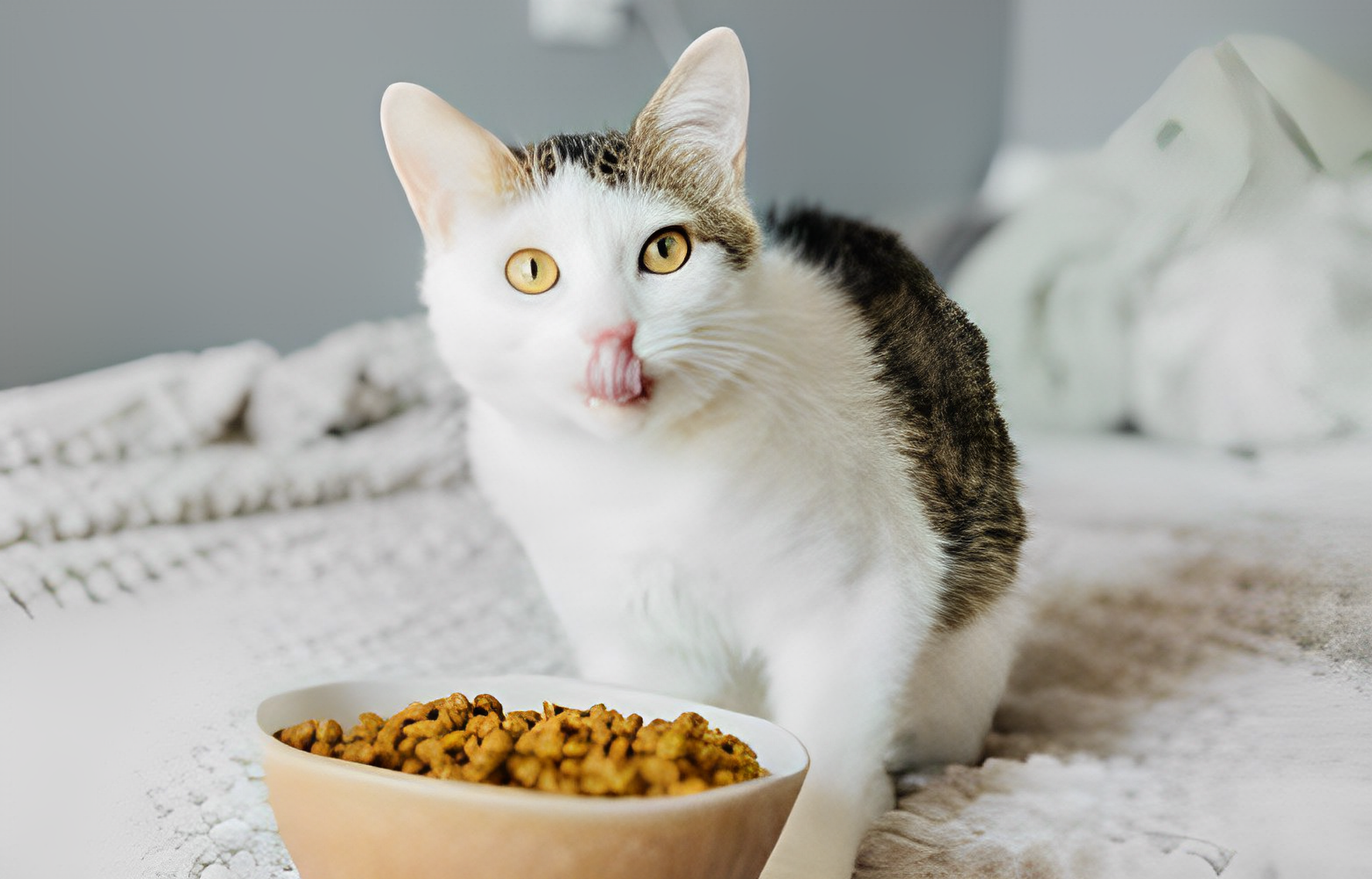Cats are renowned for their discerning tastes and their often-picky eating habits. If you’re a cat owner, you know that finding the right food that your feline friend will actually enjoy can be a real challenge. But fret not, because pet barn is here to help you discover the ultimate menu for your picky cat. By understanding your cat’s preferences and choosing the right flavors and ingredients, you can transform mealtime into a delightful experience for both you and your furry companion.
Understanding Picky Cats
Why are some cats so picky about their food? The answer lies in their evolutionary history. Cats are obligatory carnivores, meaning they require a diet primarily consisting of meat to thrive. Their taste preferences are wired to seek out certain flavors and textures that closely resemble their natural prey. This is why cats can be selective when it comes to what’s on their plate.
Moreover, cats have a highly developed sense of smell and taste, which means they can detect even subtle differences in the aroma and flavor of their food. This heightened sensitivity can make them more particular about what they eat.
Factors to Consider When Choosing Cat Food
1. Protein Content:
As obligate carnivores, cats need a high amount of animal-based protein in their diet. Look for cat food with a protein source like chicken, turkey, fish, or other meats.
2. Texture:
Cats have varied preferences when it comes to the texture of their food. Some may prefer wet food, while others like dry kibble. A combination of both can provide variety.
3. Flavors:
Cats have individual flavor preferences. Some may adore fish-flavored meals, while others favor poultry or beef. Experiment with different flavors to see what your cat prefers.
4. Avoid Fillers:
Choose cat food with minimal fillers and carbohydrates. Cats do not have a biological need for grains, so opt for grain-free options if possible.
5. Quality Matters:
Invest in high-quality cat food brands that use real meat and have fewer artificial additives and preservatives.
Crafting the Ultimate Menu
Now that you understand the factors that affect your cat’s food preferences, let’s create the ultimate menu for your picky eater.
1. High-Quality Dry Kibble
Start with a high-quality dry kibble as a base for your cat’s meals. Look for one that lists real meat as the primary ingredient and is grain-free. This provides a balanced diet and helps keep their teeth healthy.
When selecting dry kibble, consider your cat’s age and specific dietary needs. Some brands offer formulas designed for kittens, adults, or senior cats. Tailoring the kibble to your cat’s life stage can ensure they get the nutrients they require.
2. Wet Food Variety
Incorporate wet food into your cat’s diet. Cats have a low thirst drive, and wet food helps provide the moisture they need to stay properly hydrated. Additionally, wet food often has a stronger aroma and more intense flavors that many cats find enticing.
Experiment with different flavors and textures to see what your cat likes best. Some popular options include chicken, turkey, fish, and various combinations of these. If your cat is particularly fond of fish, you can find wet foods with salmon, tuna, or other aquatic flavors. Alternatively, if your cat prefers poultry, there are plenty of chicken and turkey-based options.
Remember to check the ingredient list on the label to ensure the food contains real meat and is free from artificial additives and fillers. High-quality wet cat food is not only delicious but also nutritious.
3. Rotational Feeding
Cats can get bored with the same food over time, leading to them becoming even pickier eaters. To prevent this, consider rotational feeding. This involves periodically changing your cat’s food to keep mealtime exciting and to cater to their evolving preferences.
Rotate between different brands and flavors but make changes gradually. Sudden dietary shifts can upset your cat’s stomach. When transitioning to a new food, mix small amounts of the new food with the old food and gradually increase the proportion of the new food over several days until your cat is fully adjusted.
4. Homemade Treats
While commercial cat food is designed to meet your cat’s dietary requirements, preparing homemade treats can be a fun way to bond with your feline friend and cater to their specific tastes. Some simple homemade cats treat recipes include:
1. Chicken Treats:
- Cook chicken breast until fully done.
- Cut it into small, bite-sized pieces.
- Let it cool before offering it to your cat as a treat.
2. Tuna Bites:
- Drain canned tuna (packed in water, not oil or salt) and place it in a bowl.
- Use a fork to break it up into small pieces.
- Serve tiny portions as treats.
Remember that treats should be given in moderation. While your cat may love them, they should not make up a significant portion of their diet. These homemade treats are best used as occasional rewards for good behavior or as a special treat during playtime.
5. Monitor and Adjust
Observe your cat’s reactions to different foods and make adjustments accordingly. Pay attention to any signs of allergies, digestive issues, or weight problems. If your cat experiences persistent issues or if their food preferences suddenly change, consult your veterinarian for guidance.
Remember, patience is key when dealing with a picky cat. What works for one cat may not work for another, so it may take some time to discover their favorite flavors. The most important thing is to provide your feline friend with a nutritious and well-balanced diet that suits their unique tastes.
In conclusion, creating the ultimate menu for your picky cat involves understanding their natural preferences and experimenting with a variety of high-quality foods. By doing so, you’ll not only ensure their well-being but also strengthen the bond between you and your furry companion. Happy dining! Your cat will appreciate your efforts to cater to their taste, and you’ll enjoy the satisfaction of providing them with the best possible dining experience.

